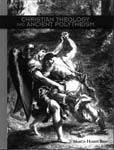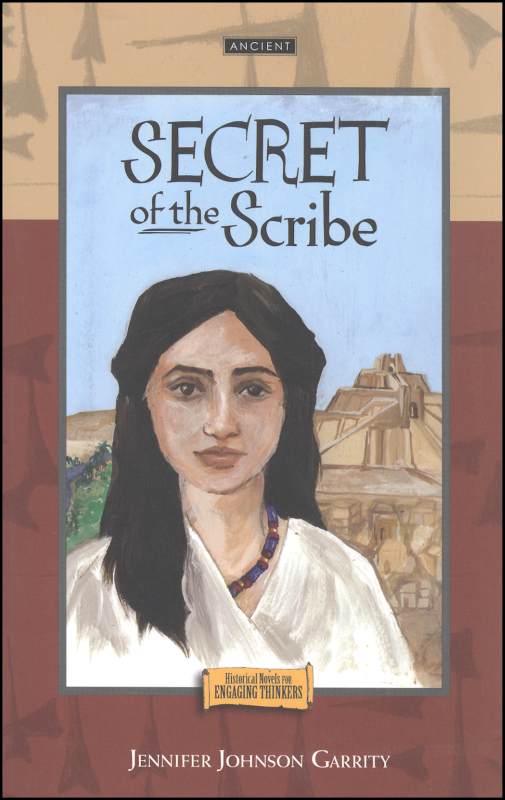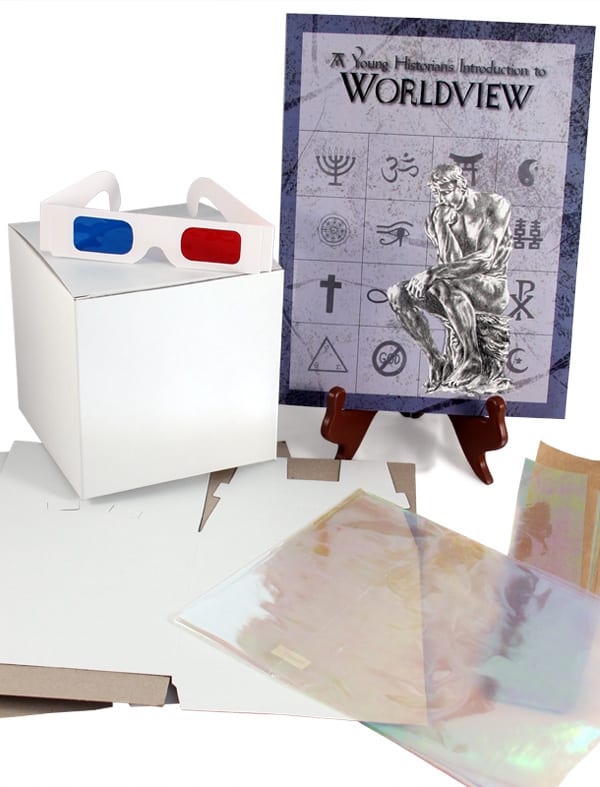A Young Historian's Introduction to Worldview might well be the most practical and creative tool for teaching the concept of worldview to students in grades five through eight. While there are other products targeting this audience, this one is presented in only four lessons that are engagingly presented through stories, hands-on activities, and discussion.
In addition, the course is written without any particular denominational perspective, and without even an overt pitch for Christianity in general. However, the key questions raised and the general presentation gently lead toward Christianity even though the lessons open the door for discussion of worldviews other than Christianity as part of the search for truth.
While the course might work in a classroom, it really is designed for family use.
It includes an 86-page book plus a zip-lock bag with instructions and materials for a number of hands-on activities used in the course.
The first lesson begins with a brief introduction of the concept of worldview as "the lens through which people see and understand the world in which they live." To reinforce the concept of seeing through different lenses, students are directed to the computer to view a geodesic picture on the publisher's website. They complete an observation sheet viewing the geodesic picture with the naked eye, through sunglasses, and through 3-D glasses (provided in the bag).
Next, students either read or listen to the story of Lensland that demonstrates how conflicting perceptions can have significant consequences. Lensland's citizens divide into three groups: Twoeyes, Multieyes, and Thickeyes. As one might guess from their names, each group has different eyes and, consequently, views things differently. Their conflicting visual perceptions lead toward a clash that threatens the peace and tranquility of Lensland.
The lesson then transitions back to the real world using the example of two actual authors who both write about DNA. Each of their articles demonstrates how different "lenses" influence how people might interpret the same information.
The rest of the lessons follow similarly creative formats. The second lesson teaches what all worldviews have in common—the important questions about the meaning of life and the existence of God. The third lesson introduces a simple way to divide worldviews into four categories, using some very creative hands-on activities. The fourth lesson primarily uses stories and discussion to demonstrate the impact of beliefs in selected historical settings.
Discussion questions are interspersed throughout the lessons, and lessons conclude with "Table Talk: Family Discussions Facilitated by Parents." These sections review key ideas from each lesson and raise questions for family discussion. Table Talk sections might be used by the entire family even if everyone is not involved in the rest of the lesson.
I particularly like the discovery approach this course uses to lead students into worldview concepts. By raising questions and working through activities, students are led to explore their own beliefs and recognize the important questions they need to ponder. Because younger students are particularly susceptible to the influence of teachers, it makes the most sense to use this course within the family rather than in a classroom so that there is an opportunity to discuss the family's religious beliefs. Each family can then decide how far they wish to go in exploring alternative worldviews.
Teaching Worldview through Literature
 Brimwood Press has also published a series of four historical novels that can be used with students in this age group as a springboard for worldview discussions. The novels are set in different time periods—ancient, medieval, early modern, and modern--and feature characters with different worldviews: polytheism, monotheism, naturalism, and pantheism. Titles are Secret of the Scribe, The Jeweled Astrolabe, Beneath the Cat's Claw, and Rebel on the Path.
Brimwood Press has also published a series of four historical novels that can be used with students in this age group as a springboard for worldview discussions. The novels are set in different time periods—ancient, medieval, early modern, and modern--and feature characters with different worldviews: polytheism, monotheism, naturalism, and pantheism. Titles are Secret of the Scribe, The Jeweled Astrolabe, Beneath the Cat's Claw, and Rebel on the Path.
You can use the novels by themselves for discussion, but Brimwood has published the first of what should eventually be a series of guides for the books. Christian Theology and Ancient Polytheism (CTAP) is a 284-page guide for The Secret of the Scribe.
CTAP's goal is to help students in middle school and above (adults too!) build the foundation of a Christian theology by studying the "character and nature of God and His purposes for His creation" (p. 7). CTAP essentially creates a comparison of ancient polytheism and biblical monotheism.
Students first read the novel. Then learning takes place in family or group sessions with sections from CTAP read aloud, followed by Socratic discussions.
Questions for the discussions arise from the novel, a story of a young girl living in a polytheistic, pagan world. Comparisons are drawn by simultaneously studying scripture. For example, the study compares pagan accounts of a catastrophic flood, pagan sacrifices, and Hammurabi's Code of Laws with their parallels in the Bible as a way of understanding the nature of God. Discussion questions help develop ideas in a logical fashion. CTAP and the novels advance a Christian worldview based on the fundamentals that are applicable to all Christian denominations.
CTAP includes excerpts from pagan literature and historical documents as well as background information. Aside from reading the novel in advance, parents or teachers do not need to spend time preparing the CTAP lessons ahead of time or finding other resources.
Students also create a notebook. There are numerous charts to complete—reproducible forms for these are on the CD-ROM at the back of the book. Also at the back of CTAP are the forms with suggested answers already typed in as an answer key when the answers are predictable.
There are 25 lessons in CTAP, but you might spend a number of days on a single lesson if particular questions seem to compel more discussion. Occasionally, there are comments from the author following a question that might help direct the conversation, but it's generally up to the parent or teacher to simply guide the conversation. Tips as to how to do this are at the front of the book. While I love the concept of CTAP, I suspect that some parents and teachers will find the open discussions very challenging and unsettling. A substantial free sample on the publisher's website allows you to check it out first to see if it will work for you.
CTAP takes the ideas introduced in A Young Historian's Introduction to Worldview to a much deeper level. Obviously, it will take quite a bit of time to complete CTAP, perhaps six months to a year. But this should be time well spent. While CTAP helps students develop their own theological foundation, it also trains them in the Socratic discussion process, a wonderful preparation for studying the Great Books in high school or beyond.
Conversations Worldview Kit
If all of this sounds intriguing, you might want to purchase Brimwood Press's Conversations Worldview Kit that includes all of the above items plus Conversations from the Garden. Conversations from the Garden is based on the premise that the first three chapters of the Bible "hold the seed plot of the entire Bible and the foundation of a Christian worldview" (p. i). The book is to be used for group or family discussion and is appropriate for a wide age span. It can be used at any time and is not contingent on the other items in the kit.
As with CTAP, it sets the stage for Socratic discussions that lead students to think through basic concepts such as the uniqueness of man in creation, "God's rules," the nature of Satan, the meaning of freedom, the Lamb of God, and the Fall. Excerpts from J.R.R. Tolkien's Silmarillion are used as part of the discussions from time to time, so you need a copy of that book. With only 33 pages, Conversations provides minimal background information. It consists mostly of discussion questions, and the progression of questions tends to lead students toward acceptance of a Christian worldview.
Like CTAP, there are no answer keys, but for parents needing help with the connections between Genesis and the rest of the biblical story that shapes a Christian worldview, a parent guide is available. Those who purchase Conversations or the complete kit can download the guide free of charge. Check out free samples of both the book's discussion format and the parent guide at the publisher's website.
Summary
While you can start with Conversations from the Garden, I think A Young Historian's Introduction to Worldview is a more comfortable place to begin for most families. After completing that short course, consider continuing on with the novels, CTAP, and/or Conversations.














